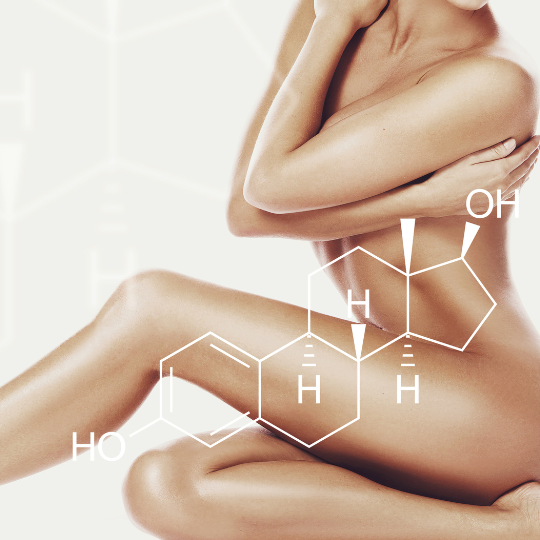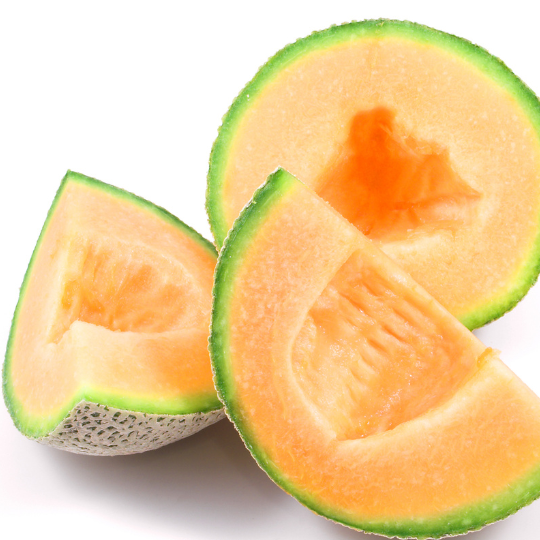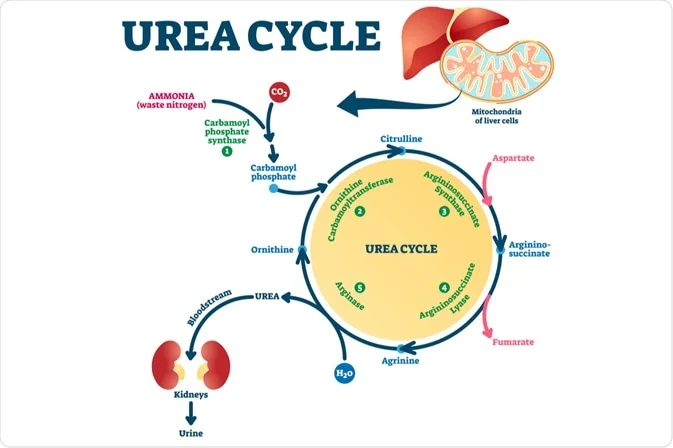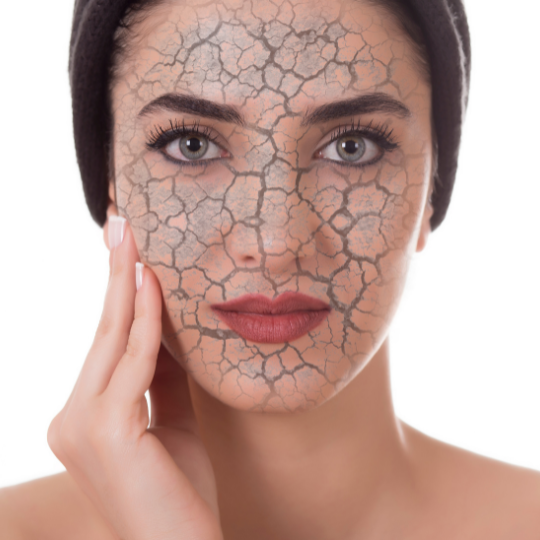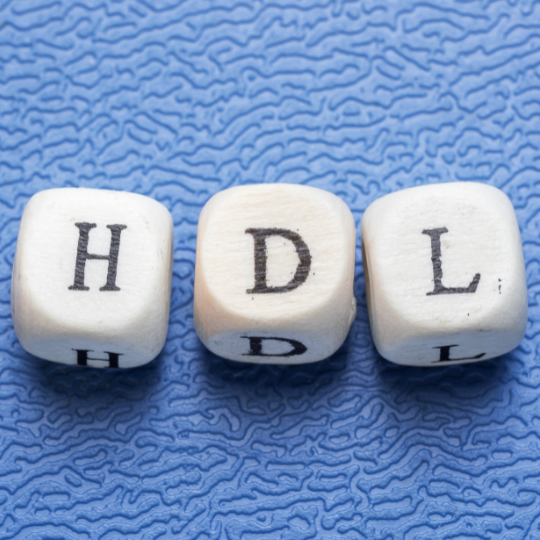The complex process of inflammation is crucial to the body’s immune response to infection or tissue damage. It involves the release of chemical signaling molecules like histamine as well as the activation of immune cells like mast cells. In this article, we’ll look at how mast cells and histamine affect inflammation and how they work with other bodily constituents.
Histamine: the Immune System Gatekeeper
Mast cells and basophils, found in the skin, gastrointestinal tract, and respiratory system, among other body tissues, are the cells that produce and store the neurotransmitter histamine. This contributes significantly to inflammation and is released during an immune response. Mast cells and basophils release histamine when tissue is harmed or infected, which causes blood vessels to enlarge and become more permeable. This allows immune cells and fluid to enter the affected area and begin the process of repairing or eliminating the damage or infection.
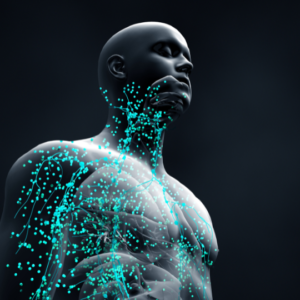
Histamine Genesis and Effects in the Body
The enzyme histidine decarboxylase is responsible for converting the amino acid histidine into histamine. Then, until it is required, it is kept in granules within basophils and mast cells. Histamine and other chemical mediators, including leukotrienes and prostaglandins, are released by activated mast cells and basophils when the body is exposed to an outside agent, such as an allergen or bacteria.
Histamine causes a number of physiological changes in the body, such as an increase in heart rate, blood vessel dilation, and mucus production. Additionally, it affects the control of mood, appetite, and sleep. Like with everything, histamine needs to be in a homeostatic balance in the body: when released in limited amounts, it offers protection; too much and it can create havoc in the body. Hives and anaphylaxis are examples of allergic reactions that can occur when histamine is released in excess.
In cases of extreme histamine levels in the body, cortisol is usually prescribed to bring histamine back down to normal baseline levels. Physiologically, the adrenal glands release the hormone cortisol in response to stress, such as increased histamine levels. When the adrenals need a boost, exogenous cortisol is sometimes used. This has the ability to suppress the immune system and lessen inflammation, but it also has the opposite effect when produced or taken in excess or for extended periods of time. So approaching histamine with cortisol is a double balance game.

Histamine Genetics
Histamine levels and mast cell activation can be influenced by a variety of genetic predispositions. SNPs, or single nucleotide polymorphisms, are variations in a single nucleotide (a component of DNA) that can change how a gene functions. The expression or operation of histamine receptors, histamine breakdown enzymes, or other immune cell-activating or inflammation proteins can be impacted by some SNPs.
For instance, an SNP in the gene that produces the enzyme diamine oxidase (DAO), which is in charge of metabolizing histamine in the body, may exist in some individuals. Due to a lack of DAO activity and a buildup of histamine in the body, this may increase the likelihood of allergic reactions and inflammation.
MAOA is another key gene involved in breaking down N-methyl histamine, a more toxic metabolite of histamine. If enough SNPs exist in this gene, particularly in cases of increased HNMT or reduced SIRT1 enzyme activity, a perfect histamine-driven cytokine storm can ensue, laying the ground for possibly autoimmune disease.
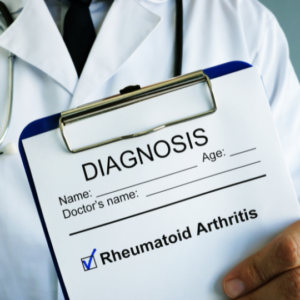
Histamine Balance: Some Guidelines
In people with genetic predispositions, there are several ways that lifestyle, diet, and supplements can support the regulation of histamine and mast cell levels. Some recommendations in detail include:
- Avoiding known triggers of histamine release, such as certain foods (e.g. fermented foods, aged cheeses), alcohol, and medications (e.g. aspirin, non-steroidal anti-inflammatory drugs)
- Consuming a diet rich in anti-inflammatory foods, such as fruits, vegetables, nuts, and seeds. Quinones in aloe vera
- Supplementing with antioxidants, such as vitamin C, luteolin and quercetin, which can help to reduce inflammation and stabilize mast cells
- Taking probiotics to support the balance of beneficial bacteria in the gut, which can help to reduce the risk of autoimmune disorders and inflammation
- Using supplements that support the activity of DAO, like black cumin or pine bark extract, or other mineral co-factors involved in histamine breakdown, such as copper or zinc
Anti Anti Histamine: it’s not exclusively Allergy
As we have seen, there needs to be a balance in histamine levels in the body. Whereas, it is a key neurotransmitter needed in balanced amounts, too much of it can backfire, as people all over the world, maybe even you, have experienced at some point in time.
Tackling inflammation is the foundation of our nutrigenetic counselling. as you can gather from our genetic and metabolic optimization approach. And histamine is a key component of it. Get to know your histamine propensity for an easier life situations management and an un-inflamed body.
